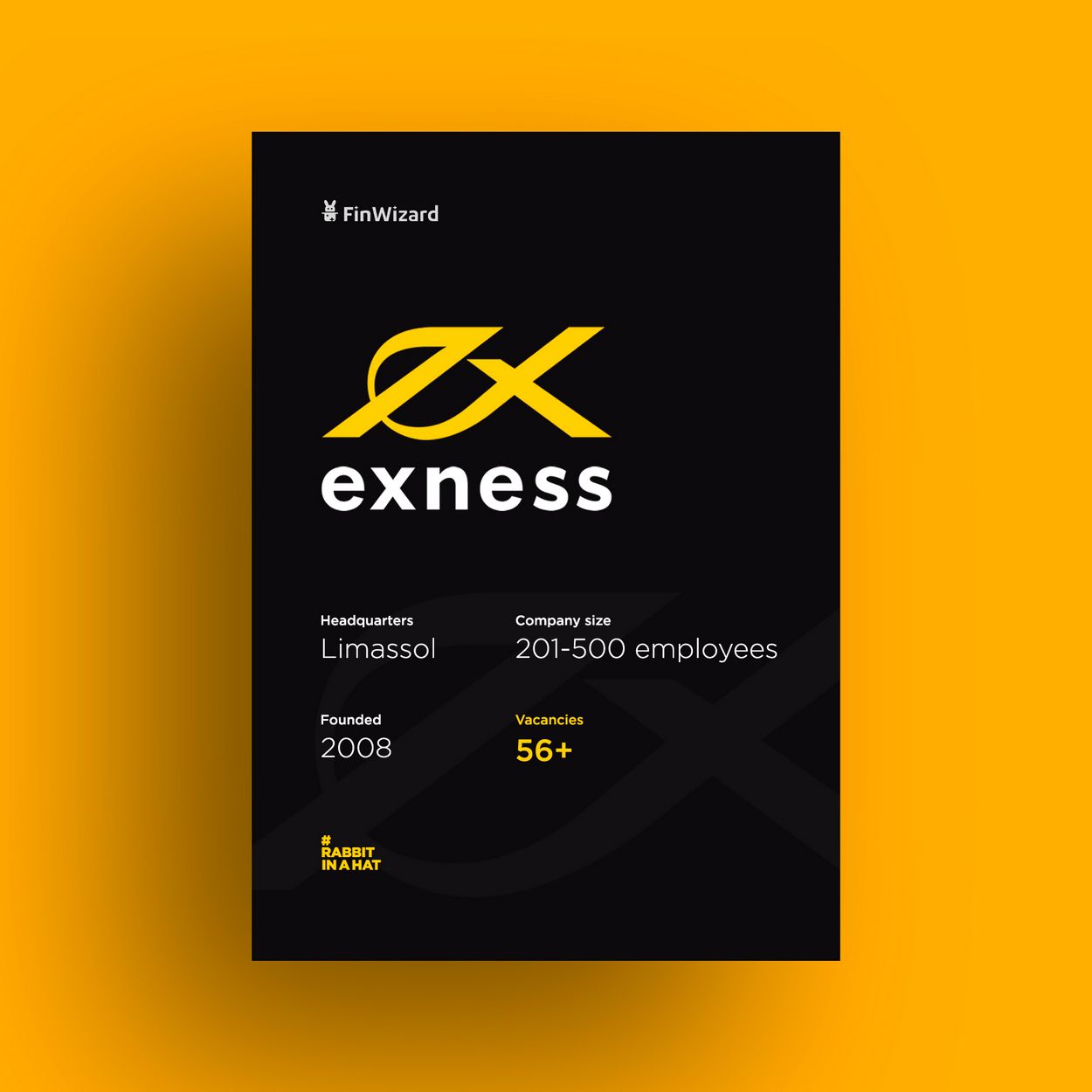Definition of Index Trading
An index measures how a group of properties, like publicly traded companies, are carrying out. In trading, this frequently entails tracking the stock costs of major firms. Trading indices are offered in Exness.
As an example, one of one of the most famous indices is the Dow Jones Industrial Standard (DJIA). It tracks the performance of 30 big United States companies. If the stock costs of these business go up, the DJIA rises also. If they go down, the DJIA additionally falls.More Here Exness MT4 for Indonesian At our site
Instances of Index Trading
Right here are a few of the most popular indices worldwide, most of which include blue-chip stocks. Leading business are well-established, leaders in their markets, and usually have extremely high market price.
- Dow Jones Industrial Standard (DJIA):
Tracks 30 big, US-listed companies.
- FTSE 100:
Represents the 100 greatest business on the London Stock Market.
- S&P 500:
Consists of 500 of the largest business detailed on United States stock market.
- Nasdaq 100:
Mostly includes major technology companies, including 101 protections from the 100 largest non-financial firms on NASDAQ.
- EURO STOXX 50:
Tracks 50 leading business in the eurozone, similar to the Dow Jones for Europe.
- DAX 40:
Germany’s key supply index, including 40 significant business on the Frankfurt Stock Exchange.
- CAC 40:
Includes 40 leading business on Euronext Paris.
- Hang Seng:
Tracks 73 large business on the Hong Kong Stock Exchange.
- Nikkei 225:
Japan’s primary stock index, covering 225 large companies on the Tokyo Stock Market.
- ASX 200:
Benchmark index for Australia, consisting of the 200 largest supplies on the Australian Securities Exchange.
Why Select Exness for Index Trading?
Advantages of Trading Indices on Exness
Indices have been prominent amongst both novice investors and seasoned investors for lots of reasons:
- Much Less Funding Needed:
Starting with index trading needs much less money than trading real futures contracts, and the costs are lower. - Diversification:
Index trading spreads your investment across several supplies, decreasing the impact of any solitary stock’s efficiency on your profile. Leverage:
Some index trading products, like futures and CFDs, provide utilize, letting you control larger settings with much less resources, which can boost both possible earnings and losses. - Liquidity:
Major indices are highly liquid, suggesting there are numerous purchasers and sellers, allowing for efficient profession implementation with marginal price modifications. - Hedging:
You can utilize index trading to protect against potential losses in various other parts of your profile. For instance, if you have several stocks, you can utilize index futures to guard against overall market decreases.
Offered Indices on the Exness System
List of indices offered for trading on Exness are listed below:
AUS200
Australia S&P ASX 200 Index
DE30
Germany 30 Index
FR40
France 40 Index
HK50
Hong Kong 50 Index
JP225
Japan 225 Index
STOXX50
EU Supplies 50 Index
UK100
UK 100 Index
US30
United States Wall Street 30 Index
US500
US SPX 500 Index
Exness Apps for Index Trading
With Exness broker, you can trade indices using:
- Metatrader 4 for mobile
- Metatrader 4 for PC
- Metatrader 5 for mobile
- Metatrader 5 for PC
- Exness web terminal
Secret Index Trading Approaches
Instances of Index Trading Methods
Trading indices is easy using Exness services. You can trade indices five days a week and start with a small amount of money. Below’s a basic detailed overview on exactly how to trade indices:
- Open your Exness account:
Utilize your credentials to login and access your individual area. - Fund your account:
After your account is validated, deposit funds to start trading. - Select an index to profession:
With your account funded, pick the index you want to trade, such as the AUS200m: Australia S&P ASX 200 Index DE30m: Germany 30 Index FR40m: France 40 Index. - Plan your trading strategy:
Choose how much to invest, set stop-loss and take-profit orders, and identify your risk resistance. Think about just how much you’re willing to lose if the profession breaks you. - Position your trade:
Go into the quantity you wish to invest, choose to buy or market, and establish your stop-loss and take-profit orders. - Screen your profession:
Watch on your trade to guarantee it’s doing as anticipated. You can close your profession at any moment to take revenues or cut losses.
If you’re brand-new to trading indices, inform yourself on just how the marketplace functions and the possible dangers. Begin with a small amount of money that you’re happy to shed during the learning stage.
Strategies and Approaches for Index Trading
Let’s say the FTSE is presently trading at 6800.50.
Your evaluation suggests a great chance to purchase, and you think the market belief declares for the FTSE. You choose to acquire one great deal, where each point activity in the index amounts to a USD$ 1 earnings or loss.
Two days later on, the FTSE rose to 6850.50, just as you expected. To calculate your revenue, you deduct the opening cost from the closing rate:
(6850.50 – 6800.50) x USD$ 1 = USD$ 50.
Index Trading Hours
Different indices are traded at various times, depending on their exchange. If you’re new to trading, it may be wise to avoid these high-volatility hours, as costs can transform swiftly. Nevertheless, this period is likewise a great possibility to watch and find out how the market acts.
The best time to trade is when the marketplaces open in different time zones. Given that index markets don’t operate 24/7 like the currency market, you require to select the right time to make your professions.
Index Market Trading Hours
There are certain times during the trading week when market task grabs, as investors respond to recent information and events. Among the most effective times for seasoned traders is between 9:30 and 10:30 a.m. ET, since that’s when you see the greatest cost adjustments in the fastest time. An additional example: The trading time in India ranges from 9.15 am to 3.30 pm. Traders utilizing Exness indices can deal shares freely during this moment.
Right here are the trading hours for 4 indices in Exness, done in GMT +0 web server time:
- AUS200:
Trading: Sunday 22:05 to Friday 20:00
Daily Breaks: 06:30 -07:10 and 20:59 -22:05 - US30, FR40, DE30, USTEC, US500, STOXX50, UK100:
Trading: Sunday 22:05 to Friday 20:00
Daily Break: 21:00 -22:05 - JP225:
Trading: Sunday 22:05 to Friday 20:00
Daily Break: 20:59 -22:05 - HK50:
Trading: Sunday 22:05 to Friday 20:00
Daily Breaks: 00:45 -01:15, 04:30 -05:00, 08:30 -09:15, and 21:00 -22:05
Frequently Asked Questions regarding Index Trading on Exness
Exactly how does an index job?
An index is a monetary indication that measures the efficiency of a basket of supplies traded on a certain exchange. For example, the S&P 500 Index provides the top 500 business with the greatest market capitalization on the NYSE. Normally, each stock in the index is offered a heavy standard about their market capitalization, which establishes their level of effect on the index cost. The stock index price is determined making use of live prices of detailed stocks and variations additionally influence the index price according to the weight of the stock.
Why are stock market indices crucial?
A securities market index stands for a specific sector of a stock market, typically one of the most beneficial companies or a details industry such as money. Indices allow capitalists to measure the health and efficiency of business operations. They likewise aid place long-term fads to forecast financial investment returns and determine brand-new opportunities. Supply indices are usually a lot more stable and predictable, which is why numerous day traders select to buy and sell index Contracts for Difference (CFDs) while preventing the many times the danger of investing in specific stocks.
What is the most effective way to examine the securities market index?
Each securities market index is somewhat different compared to others, and index information such as elements, weight, computation and trading hours require to be examined. Elements such as profits records or fields represented, which can essentially influence supply prices, have a solid influence on the index. Economic data such as GDP (Gdp) can additionally influence the rate by stimulating the evaluation currency. Technically, patterns are relatively steady, making assistance and resistance degrees reliable signs of cost targets and turnaround points.
What’s the distinction between index trading and supply trading?
Stock trading involves buying and marketing shares of certain business at their private prices. When you get a supply, it moves to you from the vendor, and you come to be the owner. Index trading, on the other hand, involves trading a team of stocks that make up an index utilizing a solitary tool. An index represents a group of stocks that offer a general sight of the market in its entirety (like the Dow Jones Industrial Standard) or a details market (like the FTSE 100 for UK companies).
 Trading Indices on Exness |

